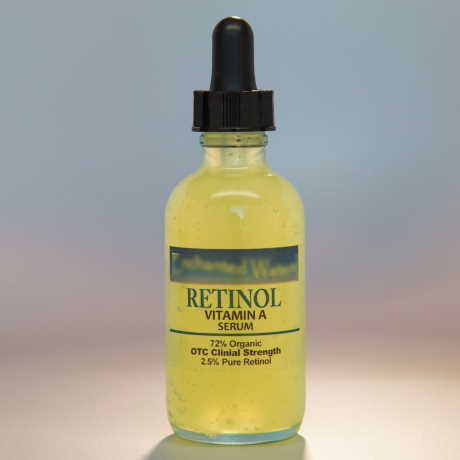There is nothing like retinol serum when it comes to anti-aging creams. We asked dermatologists to break down the key distinctions between retinoid and retinol creams, two celebrity anti-aging drugs, so you can easily select the one that is better tailored to your skin condition.
Retinol and retinoid may enhance the skin.
 Vitamin A the same as retinol is derivatives that boost the biological state of the skin, reduce blemishes and make it appear cleaner. We do have fundamental differences — namely in strength and availability.
Vitamin A the same as retinol is derivatives that boost the biological state of the skin, reduce blemishes and make it appear cleaner. We do have fundamental differences — namely in strength and availability.
Retinol is gentler than that.
Retinol is a particular type of vitamin A that is used in a variety of fairly inexpensive over-the-counter skincare items. Once added to the skin, the enzymes transform retinol to retinaldehyde and then to retinoic acid — the key ingredient for skin regeneration. As this is a two-step procedure, the results of retinol are very mild and can take weeks — or even months — to manifest.
Retinoids function better, but you still require a prescription.
These are a greater form of retinol vs vitamin A that is typically only accessible by prescription, the most well-known of which is Retin-A. Once added to the skin, retinoids do not need the same long processing cycle as described above, which is why retinoids are so much more active. And since retinoids can decrease oil output, retinoids are also used to help patients manage skin conditions, such as excess oil and acne.

For retinoids, the effects can be seen in a matter of days, with major changes lasting just a few weeks. The drawback, huh? Such added strength comes with a more expensive price tag and a higher risk of side effects such as swelling, redness, inflammation and skin flaking. For this purpose, their use must be supervised by a professional in the field of skincare.
Of this cause, dermatologists typically steer fair-skinned individuals who have darker, drier skin and younger patients to retinols instead of beginning a skincare routine.








